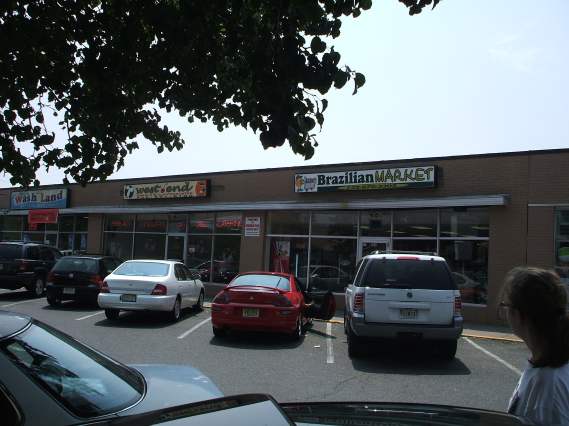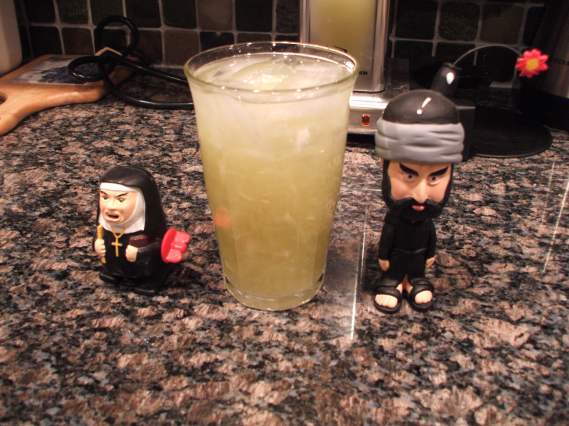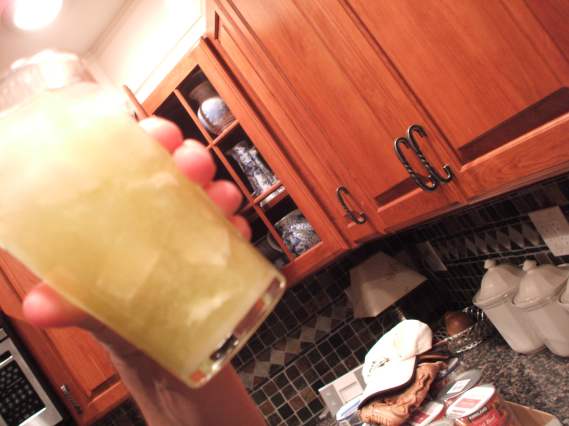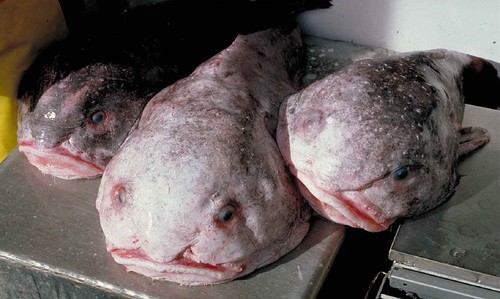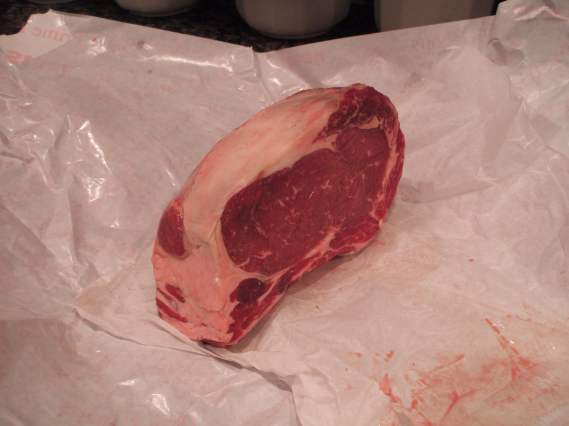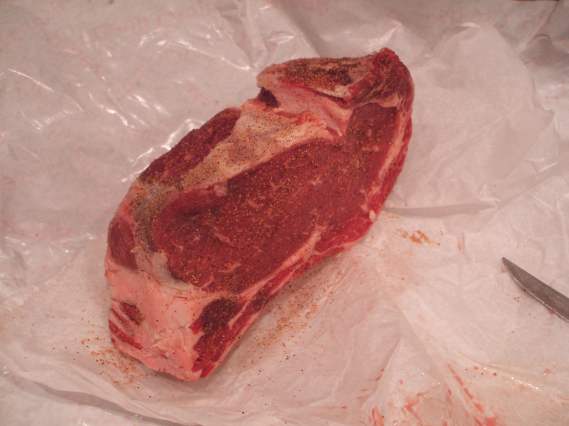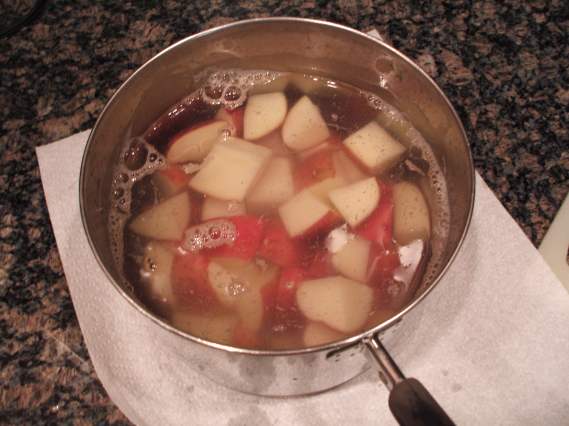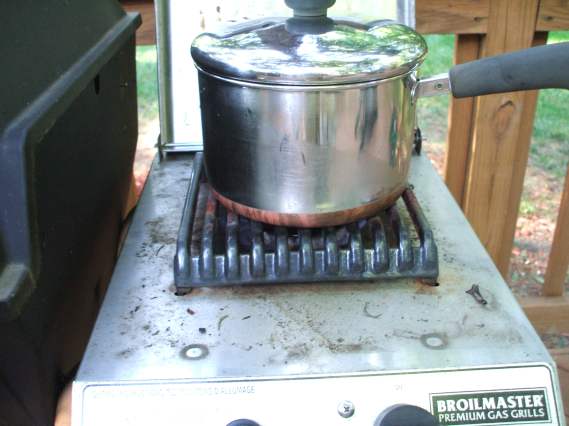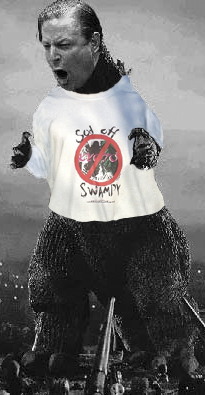The number of Atlantic hurricanes in an average season has doubled in the last century due in part to warmer seas and changing wind patterns caused by global warming, according to a study released on Sunday.
…From 1900 to 1930, Atlantic hurricane seasons saw six storms on average, with four hurricanes and two tropical storms. From 1930 to 1940, the annual average rose to ten, including five hurricanes.
What jumps out at you with these dates? Yes, you’re right up there with my thinking. In 1900 they didn’t even have frickin’ electric street lights (“Gas lighting for streets gave way to low pressure sodium and high pressure mercury lighting in the 1930’s…“), telephones were an obscene luxury (“The first regular telephone exchange was established in New Haven in 1878. Early telephones were leased in pairs to subscribers. The subscriber was required to put up his own line to connect with another.”) and the vast majority of the country had yet to be connected to a power grid , less mind being able to count every low pressure system that developed in the vast Atlantic or even the more exotic reaches of the Gulf of Mexico. No clue. Just ask the folks who watched as the Great Galveston Hurricane of 1900 rolled ashore ~ to the tune of over 8,000 people dead ~ devoid of the usual warning signals accepted for impending heavy weather of the time.
… The usual signs which herald the approach of hurricanes were not present in this case. The brick-dust sky was not in evidence to the smallest degree. This feature, which has been distinctly observed in other storms that have occurred in this section, was carefully watched for, both on the evening of the 7th and the morning of the 8th. There were cirrus clouds moving from the southeast during the forenoon of the 7th, but by noon only alto-stratus from the northeast were observed. About the middle of the afternoon the clouds were divided between cirrus, alto-stratus, and cumulus, moving from the northeast. A heavy swell from the southeast made its appearance in the Gulf of Mexico during the afternoon of the 7th. The swell continued during the night without diminishing, and the tide rose to an unusual height when it is considered that the wind was from the north and northwest. About 5 a.m. of the 8th Mr. J. L. Cline, Observer, called me and stated that the tide was well up in the low parts of the city, and that we might be able to telegraph important information to Washington.
‘Might be able to telegraph‘ information and expecting what answer? (“Ya’ll be careful out there”?) Washington certainly couldn’t give them particulars or prognostications in return. They could only wait for a damage report. That’s 1900. Let’s take a couple decades’ leap to 1926. The communications and weather forecasting have improved little.
…Therefore, in those days before satellite pictures and reconnaissance aircraft, the hurricane remained somewhat of a mystery, with only a few ship reports to tell of its existence.
In those days, storm warnings were centralized in Washington, DC, and disseminated to field offices like Miami. However, as late as the morning of September 17, less than 24 hours before the category 4 storm’s effects would begin in South Florida, no warnings had been issued. At noon, the Miami Weather Bureau Office was authorized to post storm warnings (one step below hurricane, or winds of 48 to 55 knots). It was only as the barometer began a precipitous fall, around 11 PM the night of September 17, that Gray hoisted hurricane warnings.
If they had no clue in Miami what was about to happen, Pensacola was even worse off…
…The 1926 Miami Hurricane made a second landfall in Florida on September 20 near Pensacola before moving on in a weakened state to coastal Mississippi and Louisiana on September 21.
…and might could have used a little warning.
PENSACOLA DAMAGE PUT AT $3,000,000; Naval Air Station Near There Also Hard Hit — Eight Docks in City Destroyed.
September 23, 1926, Thursday
PENSACOLA, Fla., Sept. 22 (By Wireless to The Associated Press, New Orleans). — Destruction of eight docks and numerous small craft, the beaching or damaging of twenty-five fishing smacks and the crippling of public utilities constituted the toll taken by the tropical hurricane which struck Pensacola on Monday.
And damn near a couple hundred dead between us and it’s route out of town through Alabama/Mississippi. But there’s no accurate body count, because there’s no accurate census of our Godforsaken Red-neck of the woods at that time. (Ooooh! Dovetails NICELY into my thesis…) By virtue of NOAA’s own website, if you didn’t have a ship free itself from disaster and report a storm, no one had Clue One what was swirling around out there or on it’s way in. No barometers, no cell phone, no radar (doppler or otherwise), satellite views (either visual or water vapor) ~ no satellites, period. (Werner von Braun was just breaking out his chemistry set as a 12 year old.) Sorry, research types ~ it was all a big mystery right up to the middle of the century. And, even then, folks were still washing out to sea. We simply didn’t have the tools, and, when we finally got them, the interpretive skill set had to evolve. But, if you point out the obvious, you get the head tilt and dreaded ‘S-Word’..
…Skeptics say hurricane data from the early decades of the 20th century are not reliable because cyclones likely formed and died in mid-ocean, where no one knew they existed.
‘Skeptic’ as soon as you point out the obvious problem with their data set. ‘Skeptic’ as soon as you question what they so confidently assert. ‘Skeptic’ as soon as you want to know how they know what is basically unknowable.
…More reliable data became available in 1944 when researchers had airplane observations, and from 1970 when satellites came into use.
But Holland and Webster said the improved data from the last half of the century cannot be solely responsible for the increase.
“We are led to the confident conclusion that the recent upsurge in the tropical cyclone frequency is due in part to greenhouse warming, and this is most likely the dominant effect,” the authors wrote.
Well, I could be confident in asserting ANYTHING if I, as confidently, discount common sense and the complete lack of data bolstering my confident conclusion from ANY source which might upset my confident conclusioning. If I assert wholeheartedly that I KNOW that the period from 1900-1930 had X amount of storms AND NO MORE ~ regardless of scientific observations confirming or discounting my assertion, because of the technological limits of the time ~ it must be SO. And if I then accept I am correct in the unproven basis of my assertion, all that I assert thereafter MUST BE SO.
So there. (I’m blonde ~ it works for me.) (Well, it would if, even as a blonde, I could live with myself so ethically debased/deluded.)
This isn’t tree rings, or layers in an ice core, or geologic stratigraphy, or carbon dating. They’re MAKING. IT. UP.

The MSNBC homepage says:
“Study: Rise in storms tied to warming“
…but the story headline adds: “U.S. officials call study citing doubling of storms since 1905 ‘sloppy science’”. Talk about misleading and oh, PUHleez ~ call it what it is!
“MAKING. SH*T. UP“.
(And since when do maker-uppers get their name in the news as if they were experts? Whatever happened to peer review before a study made the big time news?)
God, these a$$holes are insufferable.

